How to get into gamedev and become a sought-after specialist. Part 1
Every professional working in a top gaming company was once a novice and also looked for a job, sometimes not without difficulties. It is considered that it is very difficult for a novice specialist to get a place in a solid studio because of the small experience, as well as high competition from experienced professionals gamedev. Is it really? Mikhail Shemetun, one of the creative directors of the Plarium studio, shared his thoughts on this matter, spoke about his experience and gave some useful advice to young professionals.

Misha, tell us a little about yourself. How did you start your journey in the gaming industry?
')
Before Plarium, I ran a design studio for four years and worked in advertising for ten years. In 2010, after another wave of crisis and instability in the country, I realized that it was unpromising to run the studio in the form in which it existed at that time. By that time, I had been practicing igrostroi as a hobby for about two years and decided that if I could find work related to game dev in my city, I would stay, if not, I would leave for Moscow. They offered me a good position for good money. I went to Plarium with such thoughts, got a test task, coped with it and started working as a 2D artist. In our company, I began to improve my skills: I studied, watched and analyzed the organization of processes. Considering my managerial experience, after seven months I was entrusted to manage part of one of our projects, and after several years and projects I took the place of a creative director.

We now turn directly to our topic. What specialties are now in demand in gaming studios?
To begin with, there are a lot of professions. These are animators, texture artists, icon builders, concept artists, technical artists. Many, after watching the works on ArtStation, want to be conceptors, without going through preliminary training. If you can draw, then this does not mean that you are a concept artist: in this area you also need to be a designer. A person who has not worked for several years in the digital graphics industry is unlikely to distinguish an illustration from a good concept art. This is an interesting job, but not for everyone: it has a lot of routine and specific technical requirements.
You must be prepared for the fact that you will not always draw what you want, for example, a beautiful sailboat in the light of the moon. You may have to portray a brown table in a room or a simple peasant. We can say that concept art is a separate division, where it is not so important to be able to draw, how to show and explain. Your ideas should be very clear to the modelers and other professionals who will implement them. If you create a character in a suit with all sorts of straps, you must explain why and why they were used.
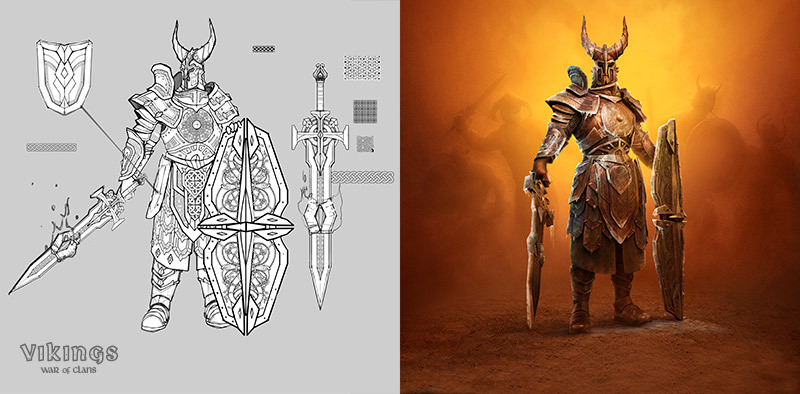
And yet, what can you advise the guys who dream of working in the field of concept art?
At the beginning of the way, I recommend positioning yourself as a 2D artist or illustrator. A good 2D artist should understand textures, light, work correctly in Adobe Photoshop with masks, color correction, navigate styles and use stylization skillfully. I can say that there are always not enough icon workers. Drawing icons is a very good practice for rendering textures, materials, understanding shape, light and color. You can also try texturing 3D models. Start small: draw icons, interfaces, backgrounds, do not neglect this step. Read the theory and history of the concept design of the sixties: it is useful to study the work of that period, where there were no graphic programs, but everything was created exclusively by hand.
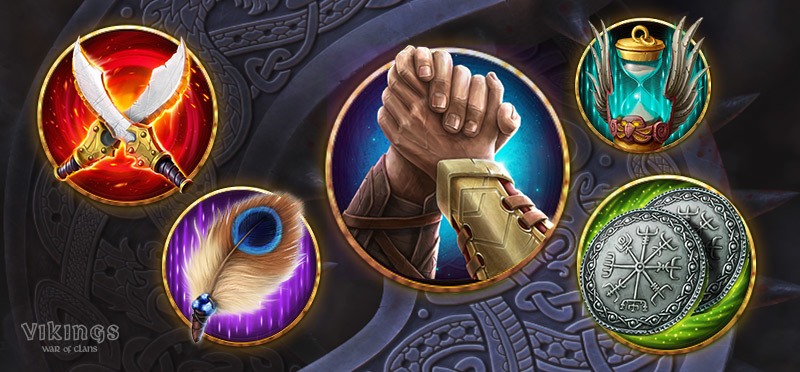
And if a person is interested in animation and 3D-modeling?
To be an animator, it’s not enough to be able to work with Maya and know the basic principles of rigging. You need to feel the dynamics, speed, inertia, learn the classics of animation for realistic transfer of movements. Good animation you believe. If your animation does not believe, then it does not fit. Analyze the projects of the best animation studios, for example, Pixar and Disney, use their work as references and strive for the same high level.
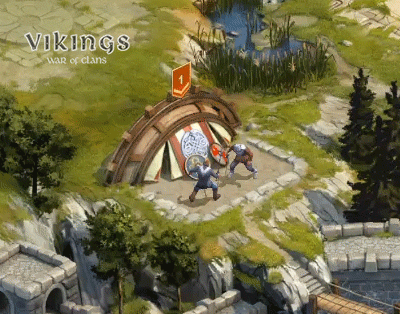
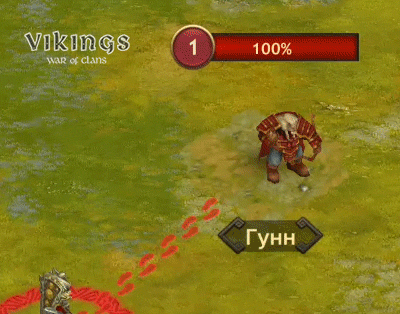
As for 3D-artists, they must understand the sculpting, modeling, skillfully use the programs in which this or that model is assembled. Knowledge of engineering, architecture, strength of materials, understanding of drawings, models and mechanisms, as well as design skills, are very helpful in this area. See profile forums, analyze works on ArtStation and try to do the same or better. First of all, you need to study hard and improve yourself, no matter if you are a student or are already working.
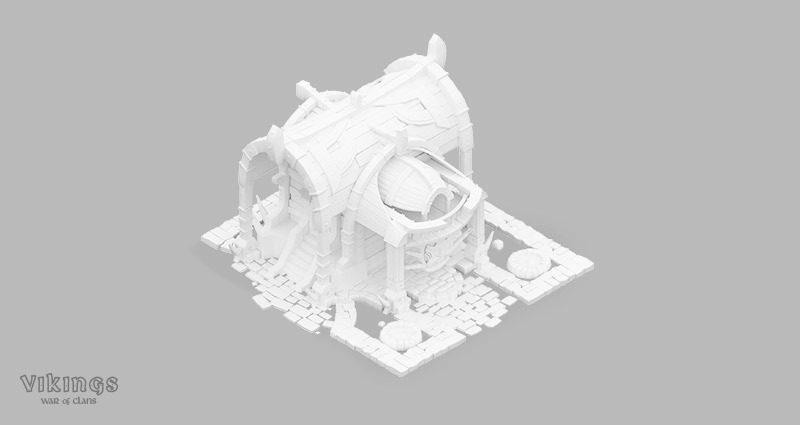
How does the company encourage the development of its employees?
If a person has proved himself well in his field, then he will always be given the opportunity to try something else, but then he must turn on beginner mode and actively absorb information in order to become the best. By combining experience and knowledge from several areas, you can grow and become a very sought-after specialist. Now we are striving to create specializations. We have visualizers, character modelers and technology, texture makers and so on - they all work full time on their tasks and become the best in their field.
What should be the potential candidate who seeks to get a job in the studio?
It often happens that people at the interview cannot answer questions about who they want to be, what to do, what studios can be useful for. A person must clearly position themselves. If the candidate says that he can do everything: draw characters, icons, model the technique, animate, then such a person most likely does not have a pronounced forte. Each of our employees is very strong in some ways, someone has several such qualities, and someone has only one, but it does. For example, you can create excellent characters, understand anatomy, but nothing prevents you from drawing and architecture.

What qualities are needed for a novice to grow faster?
First of all, the desire to work: by this I mean the development of myself in the chosen field. The desire to get a cool studio and the reluctance to do anything for this is doomed to failure. If, from morning till night, you draw, model, educate yourself and strive to become the best, then it is likely that you will be noticed and invited to work. For example, you saw a picture, were inspired - go draw. If you instead sit down to drink coffee and play your favorite game, then nothing happens. Work need day by day. The more you do, the better you do your job.
Moreover, you need to understand what you are as a specialist. Make an opinion about yourself not from the words of relatives and friends who always say that you are the best. Self-esteem must be objective - not too high and not too low. It so happened that the modern world inspires every person that he is incredibly talented. We are constantly told about this by parents, advertise and television are being repeated. People absorb this information and may overestimate their capabilities. We are often approached by applicants with poor knowledge and the belief that they all know how. However, viewing the portfolio puts everything in its place, and we see the real skill level of the candidate.
It is also very important to define your goal: to understand where you are going, what qualities you develop in yourself. Working in a big studio is not a goal. The goal may be to create a cool concept art of characters for a certain number of hours, draw characters or environments for a particular AAA project, strive for the level of a favorite artist.
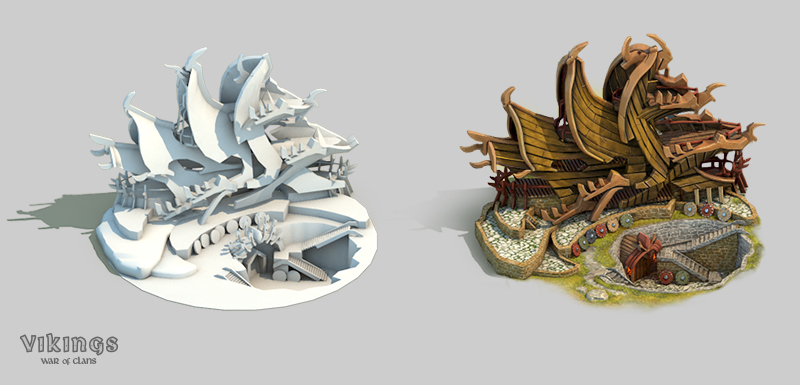
What skills should a novice specialist have?
Of course, basic artistic knowledge is required. Their presence is a huge plus. To be a good character artist, it’s not enough to be able to work in Adobe Photoshop. It is better to go back to the terrible boring textbooks on anatomy, color, composition, draw primitives. It would not want, but it is impossible to jump. In the future, when you begin to position yourself as a professional, you will fail, because the higher your level, the thinner the ice on which you step.
In the beginning, you can still afford a lot of mistakes, because they don’t expect anything else from you, but the farther you go, the higher the risks, and if you don’t know basic things, for example, about accents in composition, separating one from another, then fail. The base is important because it creates a sense of taste, an understanding of balance, you more elegantly do your job and become a person who can make anything beautiful. If you are an artist, then you have a special perception: you can interestingly arrange even three ordinary balls on a table or three chairs in a room.
You should also understand what skills you develop and why, and the programs should only be tools for the implementation of your plans. A newcomer must have basic knowledge, we will not tell you how to do a retopology, tune materials or build a perspective. In the studio, they will direct you, help you develop skills and structure the knowledge gained, but will not be taught from scratch.
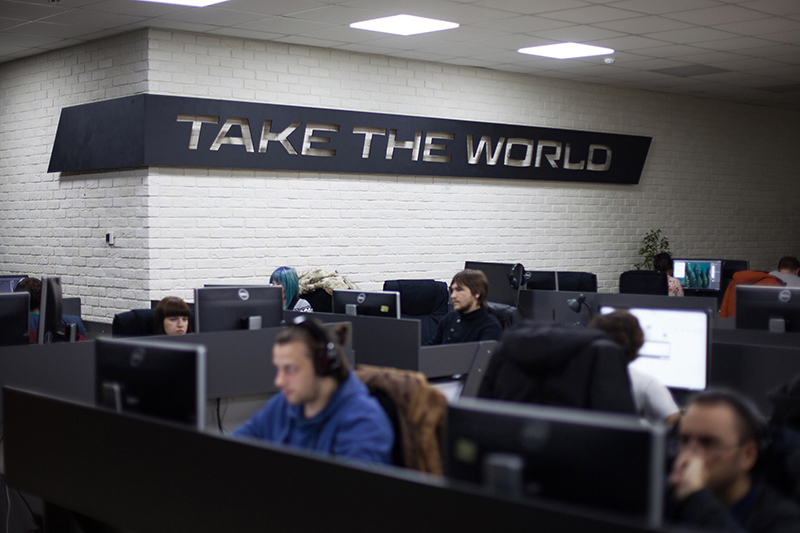
Should I start a career in the gaming industry after 25-27 years?
I would not recommend to radically change the scope of their activities. I will explain my position: a person develops cyclically, and some qualities that are strong in youth are replaced by others with age. Young people quickly learn new knowledge, easily accept criticism, can switch from one task to another. The more life experience a person accumulates, the more critical he is toward other people and less looking into himself.
If you decide to become, for example, a 2D-artist, then draw, so that your hands are burning, and only after a few years you will have a chance to become a professional. Such a coup is easy to do at twenty, but at twenty-seven, when there is a family, children and various commitments, it is difficult. Of course, if you are ready to quit and lead a student’s lifestyle, draw from morning to night and work hard, then it is possible. Maybe you have to work with one-time orders for several years, gain respect among freelancers, after which you will have the prospect of getting a permanent job.
This is only the first part of a big interview. In the second part, Michael will tell you how to design a portfolio and a resume, as well as give practical advice on how to perform a test task.

Misha, tell us a little about yourself. How did you start your journey in the gaming industry?
')
Before Plarium, I ran a design studio for four years and worked in advertising for ten years. In 2010, after another wave of crisis and instability in the country, I realized that it was unpromising to run the studio in the form in which it existed at that time. By that time, I had been practicing igrostroi as a hobby for about two years and decided that if I could find work related to game dev in my city, I would stay, if not, I would leave for Moscow. They offered me a good position for good money. I went to Plarium with such thoughts, got a test task, coped with it and started working as a 2D artist. In our company, I began to improve my skills: I studied, watched and analyzed the organization of processes. Considering my managerial experience, after seven months I was entrusted to manage part of one of our projects, and after several years and projects I took the place of a creative director.

We now turn directly to our topic. What specialties are now in demand in gaming studios?
To begin with, there are a lot of professions. These are animators, texture artists, icon builders, concept artists, technical artists. Many, after watching the works on ArtStation, want to be conceptors, without going through preliminary training. If you can draw, then this does not mean that you are a concept artist: in this area you also need to be a designer. A person who has not worked for several years in the digital graphics industry is unlikely to distinguish an illustration from a good concept art. This is an interesting job, but not for everyone: it has a lot of routine and specific technical requirements.
You must be prepared for the fact that you will not always draw what you want, for example, a beautiful sailboat in the light of the moon. You may have to portray a brown table in a room or a simple peasant. We can say that concept art is a separate division, where it is not so important to be able to draw, how to show and explain. Your ideas should be very clear to the modelers and other professionals who will implement them. If you create a character in a suit with all sorts of straps, you must explain why and why they were used.

And yet, what can you advise the guys who dream of working in the field of concept art?
At the beginning of the way, I recommend positioning yourself as a 2D artist or illustrator. A good 2D artist should understand textures, light, work correctly in Adobe Photoshop with masks, color correction, navigate styles and use stylization skillfully. I can say that there are always not enough icon workers. Drawing icons is a very good practice for rendering textures, materials, understanding shape, light and color. You can also try texturing 3D models. Start small: draw icons, interfaces, backgrounds, do not neglect this step. Read the theory and history of the concept design of the sixties: it is useful to study the work of that period, where there were no graphic programs, but everything was created exclusively by hand.

And if a person is interested in animation and 3D-modeling?
To be an animator, it’s not enough to be able to work with Maya and know the basic principles of rigging. You need to feel the dynamics, speed, inertia, learn the classics of animation for realistic transfer of movements. Good animation you believe. If your animation does not believe, then it does not fit. Analyze the projects of the best animation studios, for example, Pixar and Disney, use their work as references and strive for the same high level.


As for 3D-artists, they must understand the sculpting, modeling, skillfully use the programs in which this or that model is assembled. Knowledge of engineering, architecture, strength of materials, understanding of drawings, models and mechanisms, as well as design skills, are very helpful in this area. See profile forums, analyze works on ArtStation and try to do the same or better. First of all, you need to study hard and improve yourself, no matter if you are a student or are already working.

How does the company encourage the development of its employees?
If a person has proved himself well in his field, then he will always be given the opportunity to try something else, but then he must turn on beginner mode and actively absorb information in order to become the best. By combining experience and knowledge from several areas, you can grow and become a very sought-after specialist. Now we are striving to create specializations. We have visualizers, character modelers and technology, texture makers and so on - they all work full time on their tasks and become the best in their field.
What should be the potential candidate who seeks to get a job in the studio?
It often happens that people at the interview cannot answer questions about who they want to be, what to do, what studios can be useful for. A person must clearly position themselves. If the candidate says that he can do everything: draw characters, icons, model the technique, animate, then such a person most likely does not have a pronounced forte. Each of our employees is very strong in some ways, someone has several such qualities, and someone has only one, but it does. For example, you can create excellent characters, understand anatomy, but nothing prevents you from drawing and architecture.

What qualities are needed for a novice to grow faster?
First of all, the desire to work: by this I mean the development of myself in the chosen field. The desire to get a cool studio and the reluctance to do anything for this is doomed to failure. If, from morning till night, you draw, model, educate yourself and strive to become the best, then it is likely that you will be noticed and invited to work. For example, you saw a picture, were inspired - go draw. If you instead sit down to drink coffee and play your favorite game, then nothing happens. Work need day by day. The more you do, the better you do your job.
Moreover, you need to understand what you are as a specialist. Make an opinion about yourself not from the words of relatives and friends who always say that you are the best. Self-esteem must be objective - not too high and not too low. It so happened that the modern world inspires every person that he is incredibly talented. We are constantly told about this by parents, advertise and television are being repeated. People absorb this information and may overestimate their capabilities. We are often approached by applicants with poor knowledge and the belief that they all know how. However, viewing the portfolio puts everything in its place, and we see the real skill level of the candidate.
It is also very important to define your goal: to understand where you are going, what qualities you develop in yourself. Working in a big studio is not a goal. The goal may be to create a cool concept art of characters for a certain number of hours, draw characters or environments for a particular AAA project, strive for the level of a favorite artist.

What skills should a novice specialist have?
Of course, basic artistic knowledge is required. Their presence is a huge plus. To be a good character artist, it’s not enough to be able to work in Adobe Photoshop. It is better to go back to the terrible boring textbooks on anatomy, color, composition, draw primitives. It would not want, but it is impossible to jump. In the future, when you begin to position yourself as a professional, you will fail, because the higher your level, the thinner the ice on which you step.
In the beginning, you can still afford a lot of mistakes, because they don’t expect anything else from you, but the farther you go, the higher the risks, and if you don’t know basic things, for example, about accents in composition, separating one from another, then fail. The base is important because it creates a sense of taste, an understanding of balance, you more elegantly do your job and become a person who can make anything beautiful. If you are an artist, then you have a special perception: you can interestingly arrange even three ordinary balls on a table or three chairs in a room.
You should also understand what skills you develop and why, and the programs should only be tools for the implementation of your plans. A newcomer must have basic knowledge, we will not tell you how to do a retopology, tune materials or build a perspective. In the studio, they will direct you, help you develop skills and structure the knowledge gained, but will not be taught from scratch.

Should I start a career in the gaming industry after 25-27 years?
I would not recommend to radically change the scope of their activities. I will explain my position: a person develops cyclically, and some qualities that are strong in youth are replaced by others with age. Young people quickly learn new knowledge, easily accept criticism, can switch from one task to another. The more life experience a person accumulates, the more critical he is toward other people and less looking into himself.
If you decide to become, for example, a 2D-artist, then draw, so that your hands are burning, and only after a few years you will have a chance to become a professional. Such a coup is easy to do at twenty, but at twenty-seven, when there is a family, children and various commitments, it is difficult. Of course, if you are ready to quit and lead a student’s lifestyle, draw from morning to night and work hard, then it is possible. Maybe you have to work with one-time orders for several years, gain respect among freelancers, after which you will have the prospect of getting a permanent job.
This is only the first part of a big interview. In the second part, Michael will tell you how to design a portfolio and a resume, as well as give practical advice on how to perform a test task.
Source: https://habr.com/ru/post/312400/
All Articles